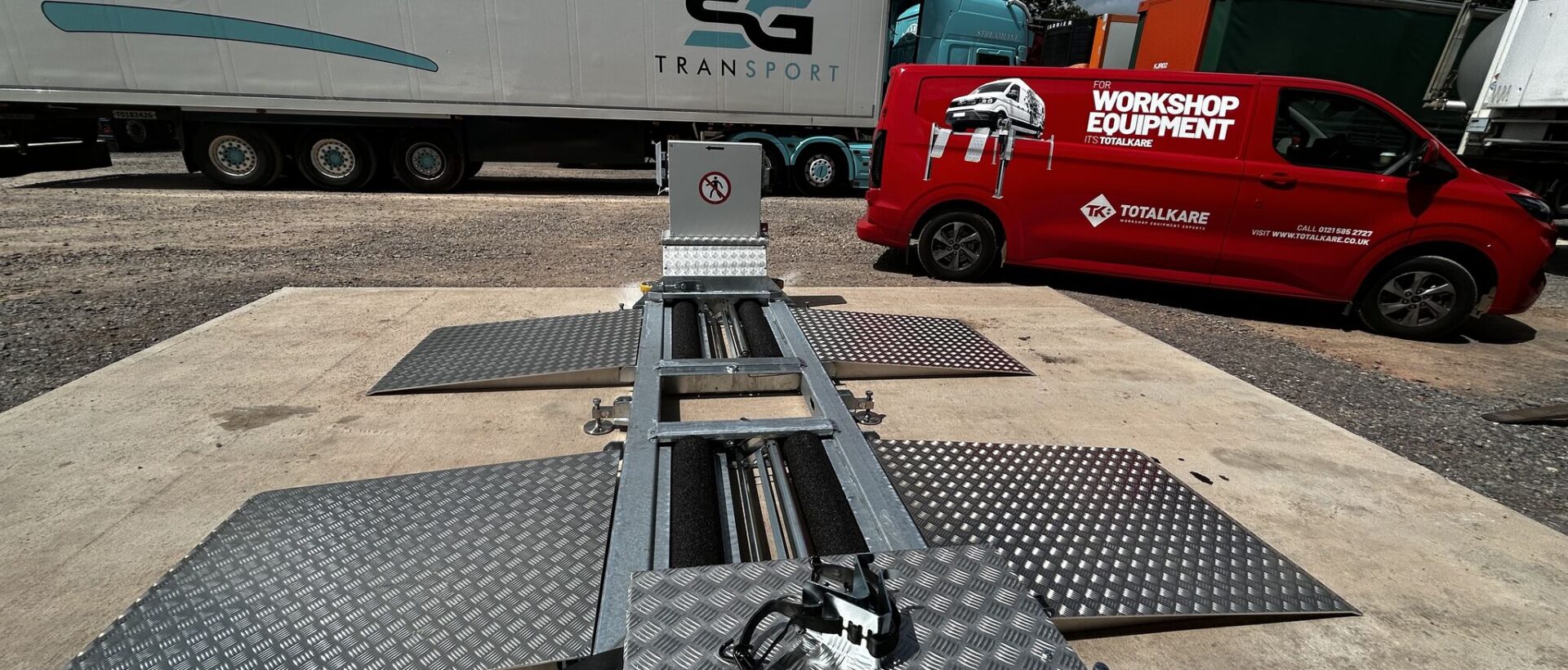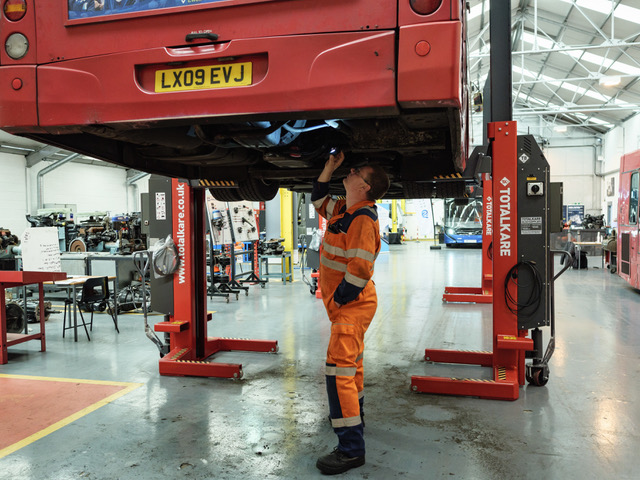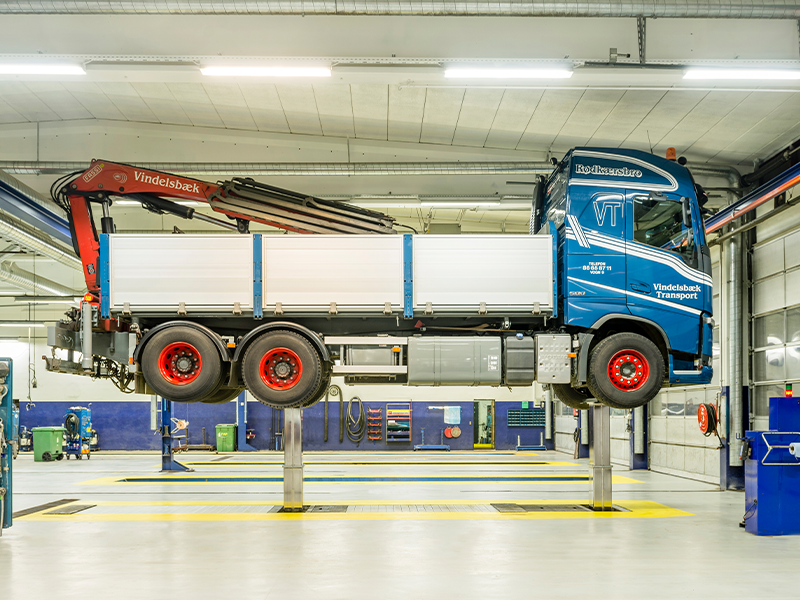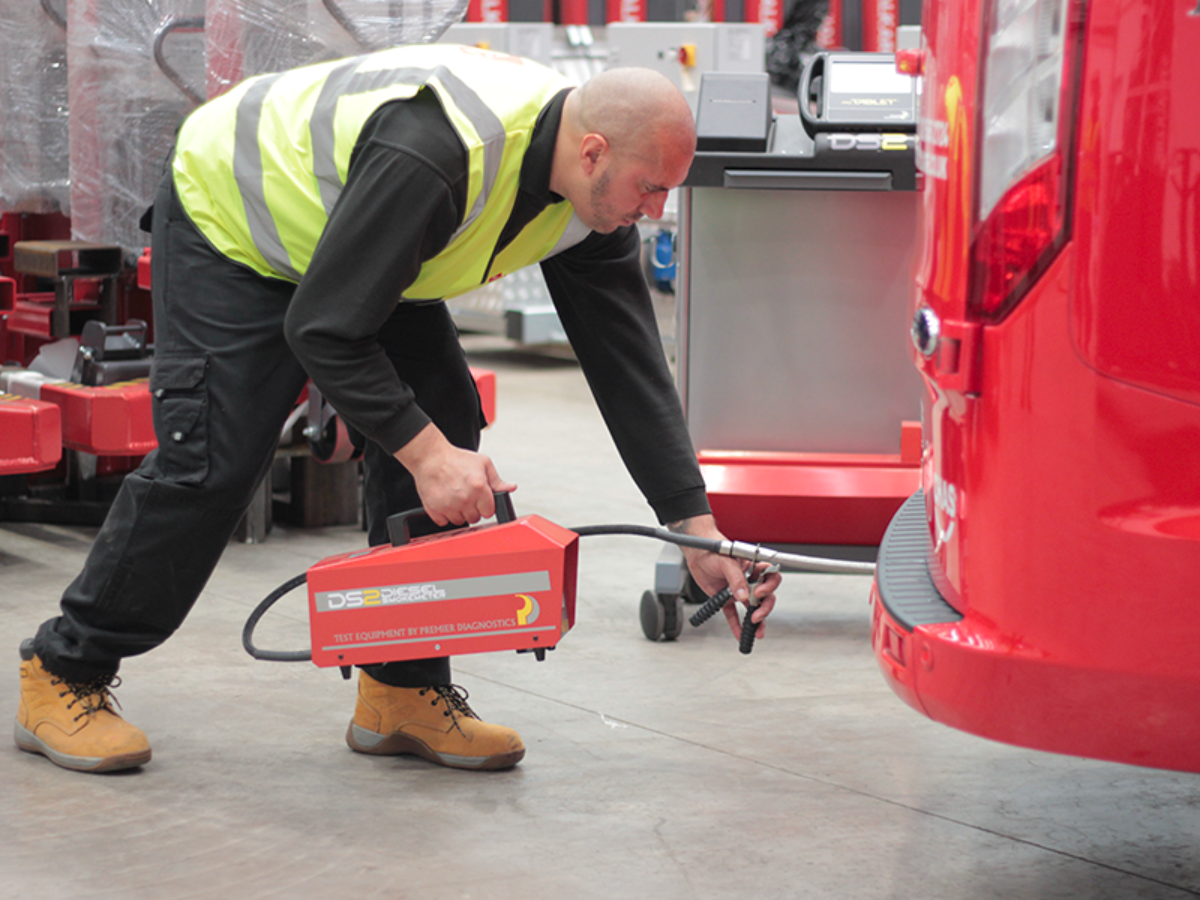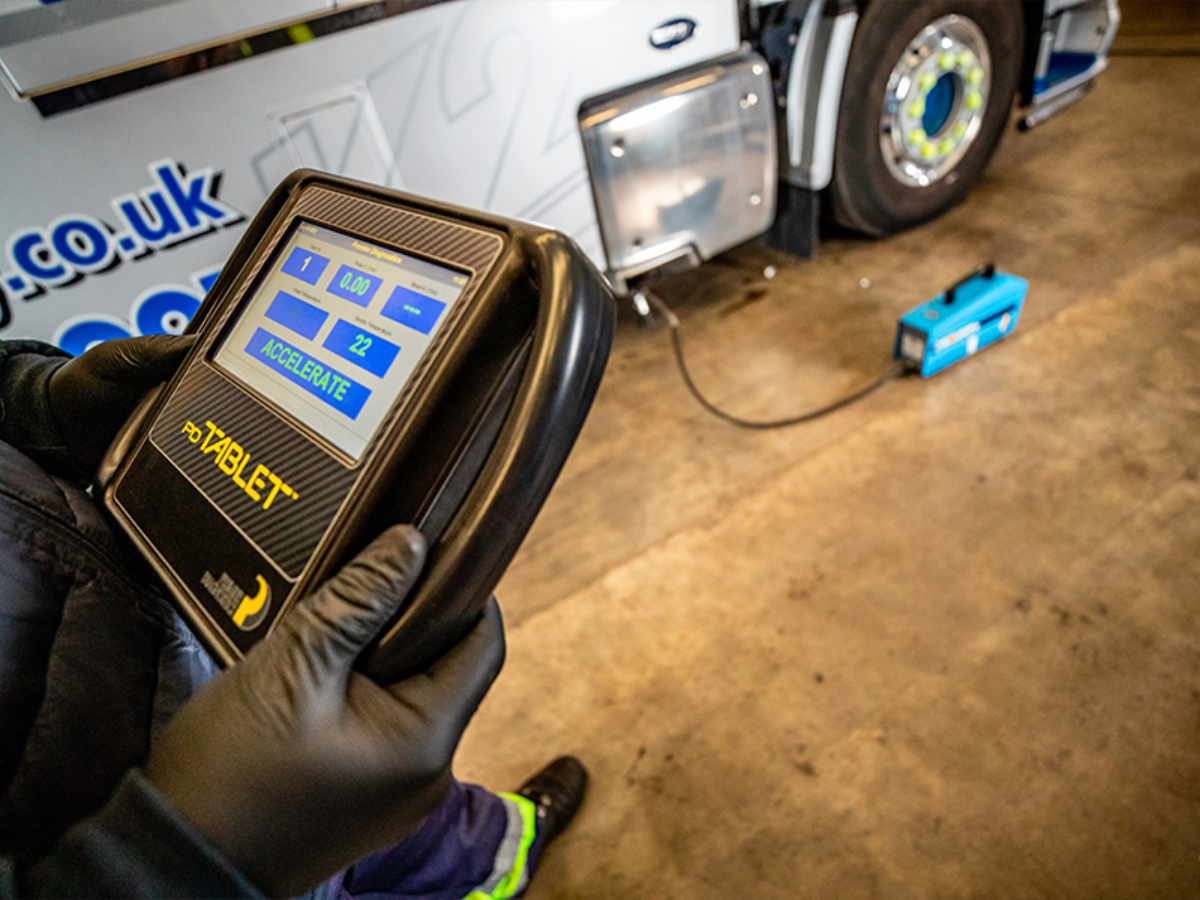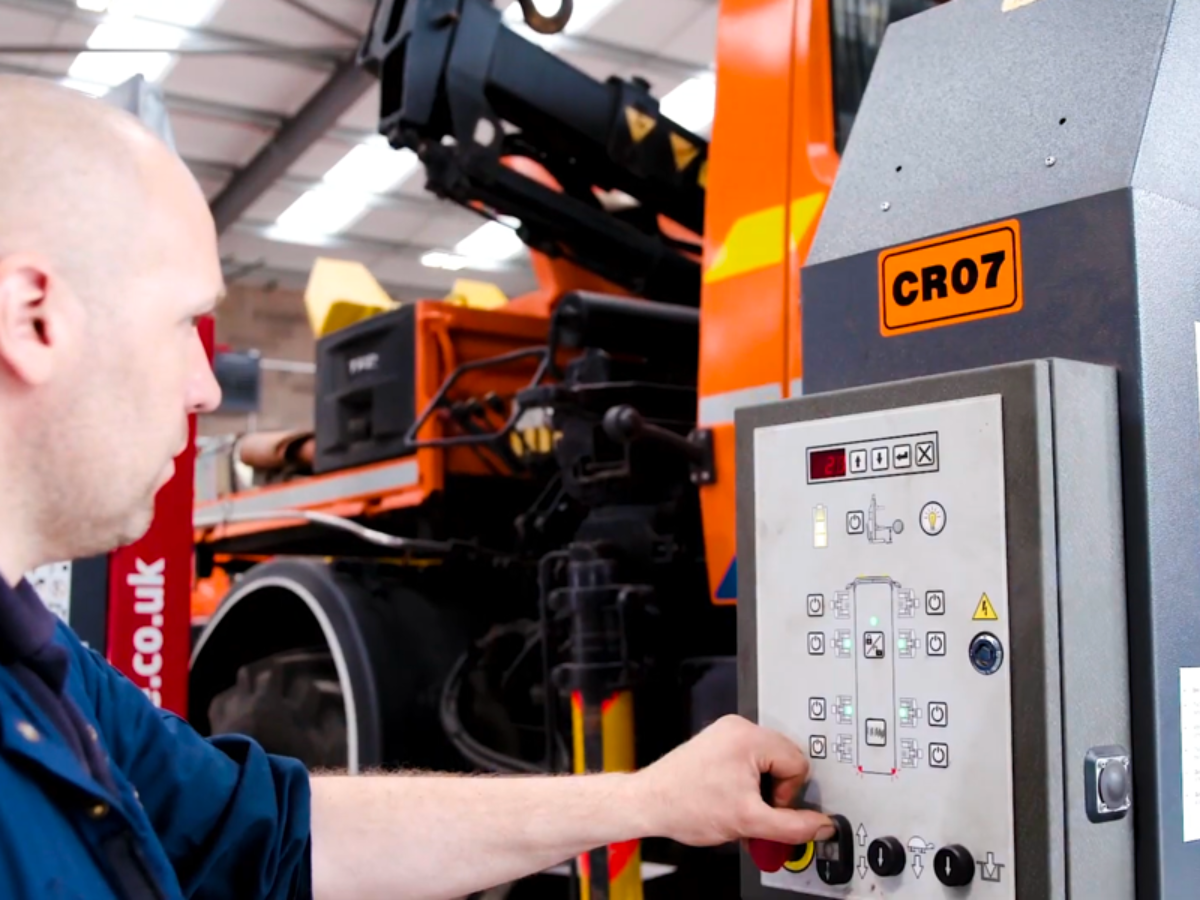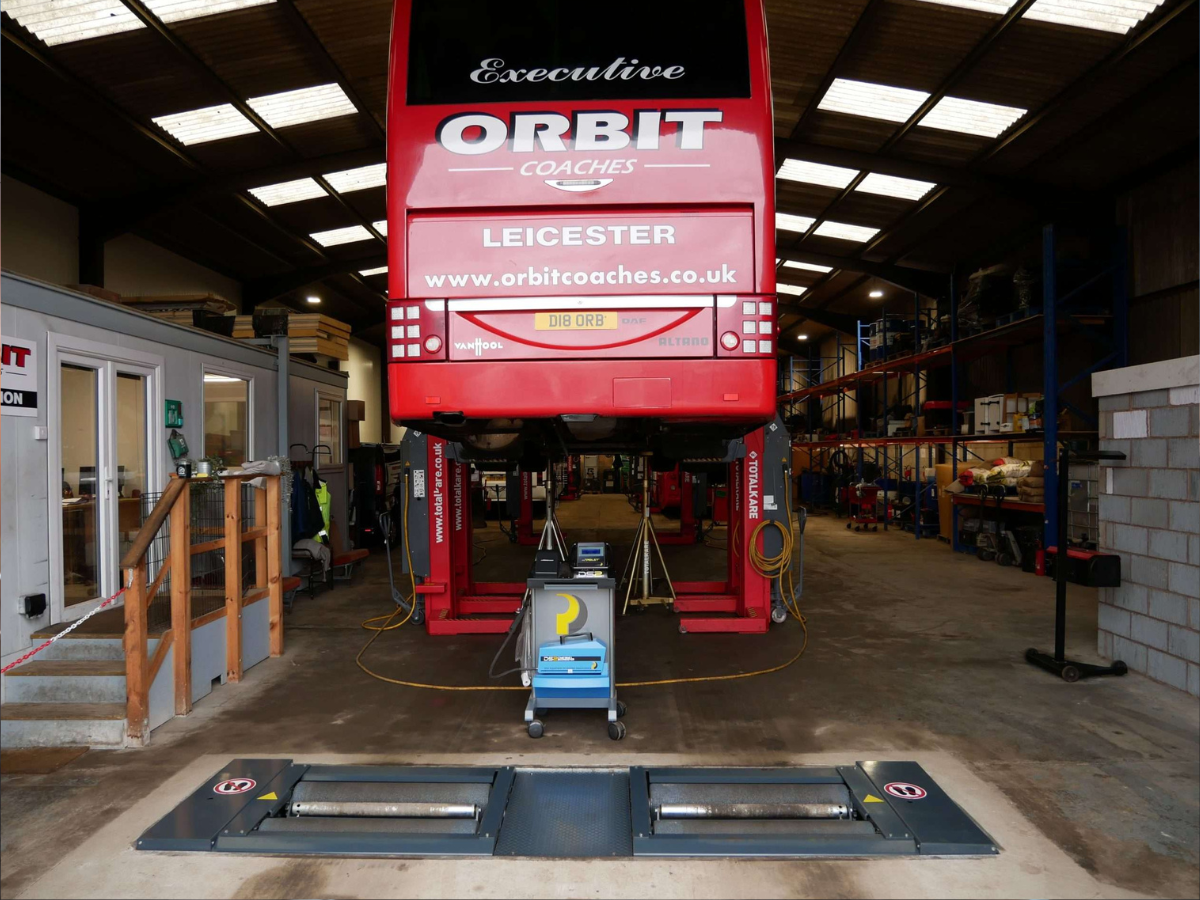With the DVSA clamping down on enforcing stricter rules around MOTs in the coming year, it’s clear that brake testing is serious business.
But that doesn’t mean it has to be expensive.

More and more workshops are bringing their testing in-house, investing in their own dedicated brake testers to help keep their vehicles safe and their businesses compliant.
And if you’re looking to move your testing on-site, you need to understand exactly what you’re buying.
Here’s what you need to know about commercial vehicle brake testers:
What’s inside a Brake Tester?
Before we get into the details of how a brake tester works, we need to understand what’s in the box — and how each part of the brake tester plays a role in the test.
For most workshops testing commercial vehicles, you’ll be looking at a roller brake tester. And that usually means a piece of kit that’s made up of:
- A floor unit with electric motors — either as an in-ground brake tester that can be installed over a pit, or as a mobile brake tester that can be repositioned
- A set of rollers for each wheel — to spin the wheels during the test
- A brake force transducer — to measure the forces of the vehicle’s braking system
- And a display unit with controls — for the operator to carry out the test
Some of the more modern versions of roller brake testers (like our entire Totalkare range) will also come with a handheld unit for the operator. Ideally, this unit will be wireless, so you can carry out the test from the comfort of the driver’s seat.
How Does a Brake Tester Simulate Braking?
A roller brake tester comes with two sets of rollers that sit under the wheels, each powered by the electric motors inside the floor unit.
With the vehicle in position and the wheels in place, you can power the rollers at the precise speed you need to turn the wheels — effectively simulating the same rotation under the same weight that you would expect to see out on the road.
Once you’ve entered the details of the vehicle you’re testing, the brake tester can turn the wheels at an appropriate speed for the test, and you’ll be ready to start testing the brakes in action.
How Does a Brake Tester Measure the Braking Effect?
With the wheels in motion (powered by the rollers), you can apply the brakes from the cabin of the vehicle. As the brakes apply their force on the wheels, the deceleration of the spinning wheels creates a reactive force in the rollers.
Inside the brake tester, an electric inducer with strain gauges measures this ‘decelerating’ force, giving you a reading for the individual braking forces for each wheel.
As well as monitoring the braking forces, most brake testers will also have a third, non-driving roller in between the two main rollers. This third roller acts as a detector for tyre slippage — recording the speed and braking force where tyre slippage occurs, and feeding that extra data into the test results.
What Kind of Results Does a Brake Tester Show?
Once you’ve completed the brake test, you’ll get a breakdown of the results for each axle, based on several different factors.
This should include:
- Brake binding — whether the brake pads release when they’re not being applied
- Time lag — the delay between the brakes being applied and starting to work
- Ovality — a measure of any difference in the braking effort as each wheel rotates
- Imbalance — a measure of any difference in the braking effort across each axle
- Max force — the maximum brake effort at each wheel in kg
As well as these wheel-specific results, you’ll also get a test summary with an overview of your vehicle’s performance. You can find out the full details and explanations of the results of a brake test on the official government website.
Ready to Bring Your Testing In-House?
Investing in your own on-site brake tester isn’t just about saving money:
It’s about keeping your vehicles and your drivers safe — with a higher frequency of checks and tests, carried out in the convenience of your own business premises.
So if you’re looking for ways to help you save time and stay safe, check out our full range of commercial vehicle brake testers in our online shop — or talk to an expert to find out more.
This article was originally published by Totalkare Ltd.


